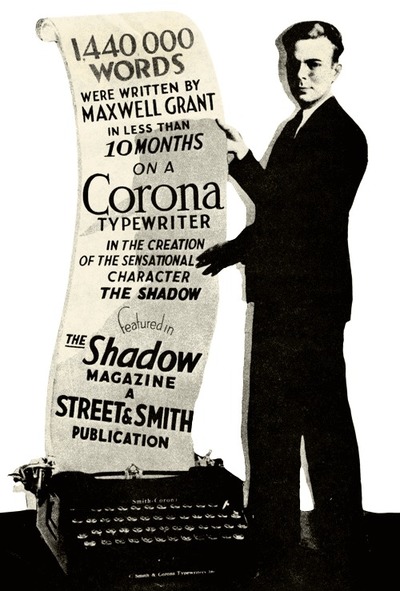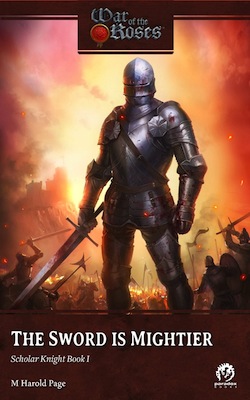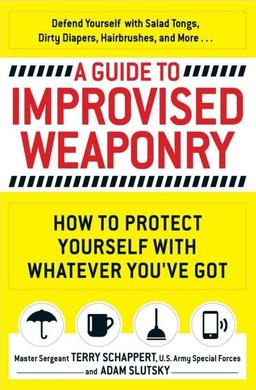Write a Short Story a Week Like Ray Bradbury
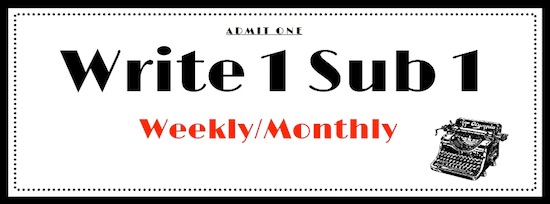
Once many years ago, Ray Bradbury decided the best way to become a good short story writer was to write a whole bunch of them. So he committed to writing a short story every week for a year. He also decided the only way to get published was to submit short stories, so he submitted a story once a week for a year too.
It’s a simple formula many beginning writers just don’t get — you got to put in the effort, and you have to send your stuff out there. As Bradbury explained in this speech, practice will help you, and it is impossible to write 52 bad stories in a row.
So let me introduce you to Write1Sub1, an online group where we encourage each other to write and submit a short story every week. They don’t have to be the same short story, because you probably want to let a story sit for a while before going back and editing it with a fresh set of eyes.
Many of us (including yours truly) are more novelists at heart, so if you don’t think you can face a weekly challenge, you can write and submit once a month. When I did this challenge back in 2014, I tried the weekly challenge. I burned out after four months, but got 16 stories written, more short stories than all previous years combined. Many got published in magazines and anthologies and the rest assembled into a collection I indie published. It really does work!
Check us out on our Facebook page. It costs nothing but your time, commitment, and perhaps your immortal soul. Keep on writing!


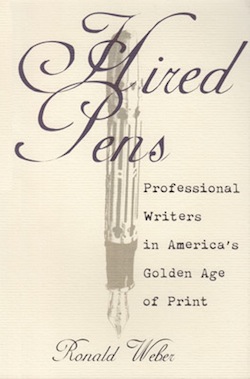 Last month I posted here about
Last month I posted here about 